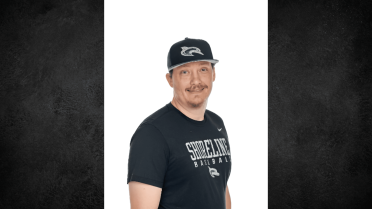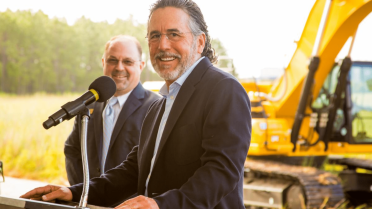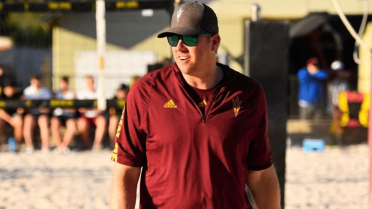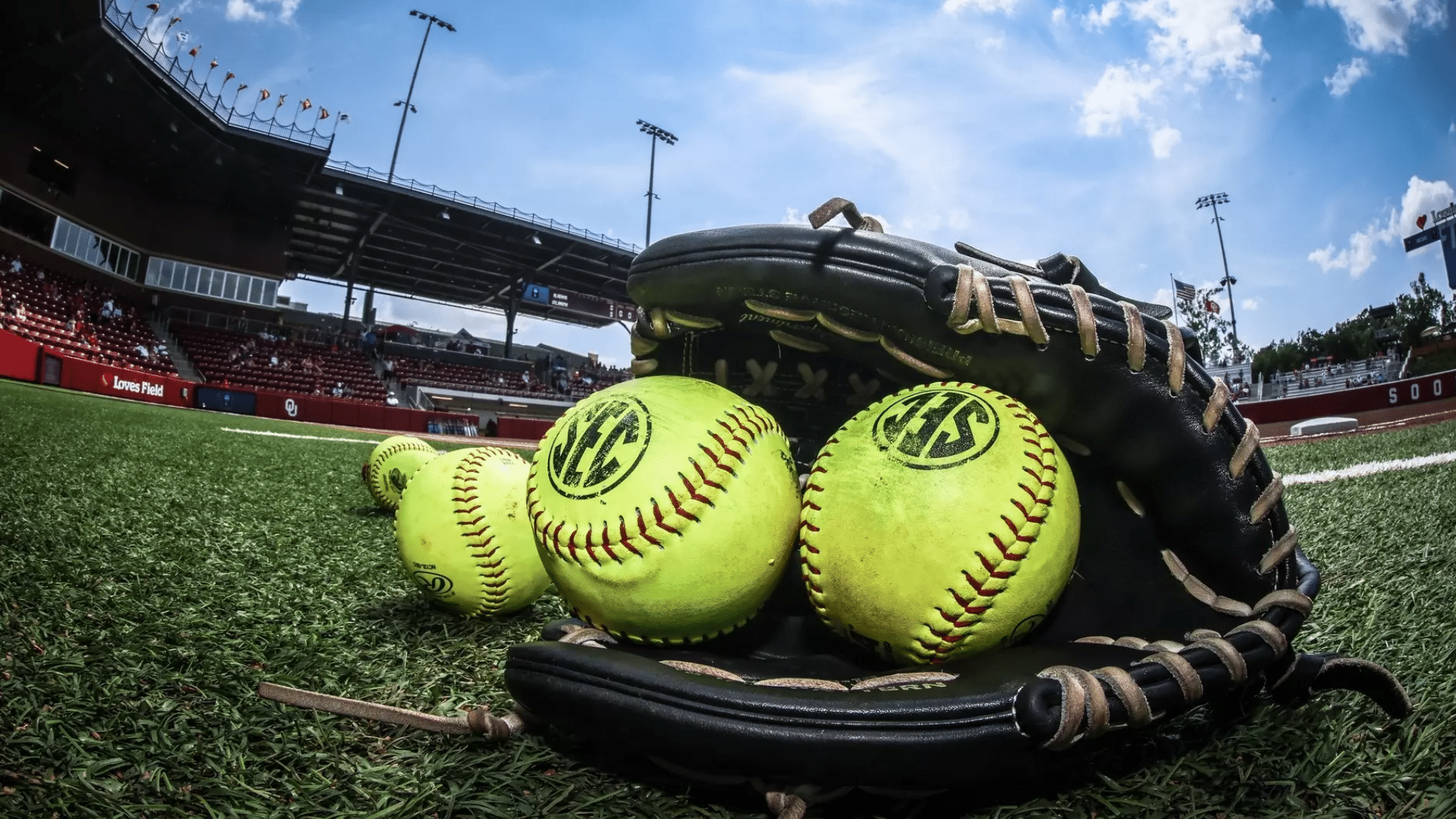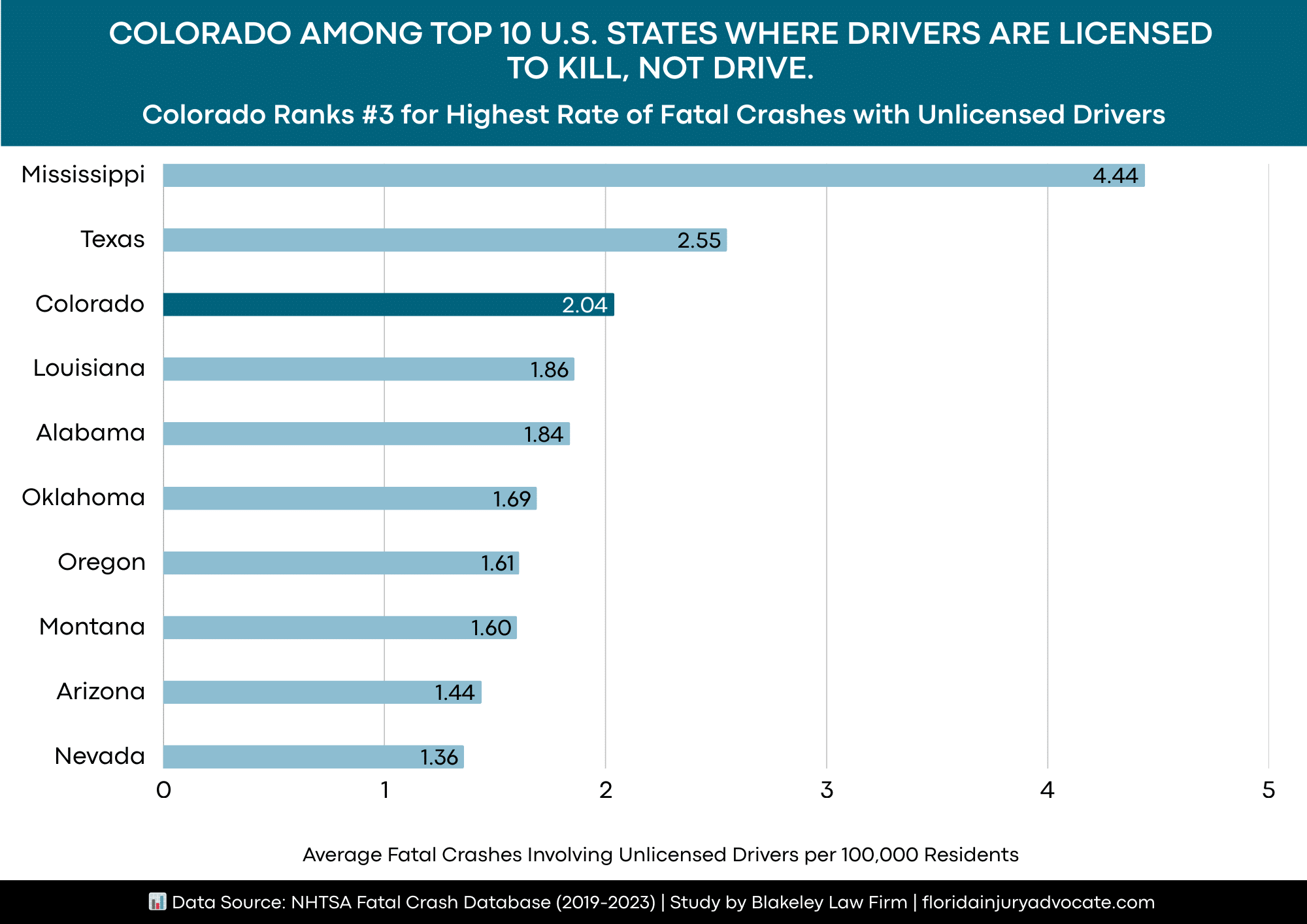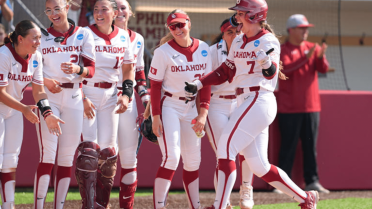Top Stories
The Zodiac Killer case remains one of America’s unsolved mysteries, having captured the attention of true crime enthusiasts and investigators for over five decades. If you are searching for the most recent news, updates, and developments related to the Zodiac
Are you curious about how many albums Drake has released so far? We have got you covered! From his start on Degrassi to becoming one of the biggest names in music, Drake has dropped hit after hit. But with studio
LATEST
Top Stories
Online gaming has always changed fast, but sweepstakes casinos have seriously shaken up the game, sometimes in ways the industry barely saw coming. They’re taking off in the U.S., where revenue hit a staggering $11 billion this year. Three years
LATEST
Top Stories
Setting up a prep area isn’t as simple as lining up a few tables against the wall. Anyone who’s worked in a busy kitchen knows that the way the bench, the sink, and whatever storage sits nearby all complement each
Welcome to cuindependent, your space for bold ideas, fresh perspectives, and engaging stories. We bring you content that informs, inspires, and sparks conversation.
Stay connected — subscribe to our newsletter and never miss an update!
Explore
Our Picks
From inspiring artistry to achievements in sports and beyond, we bring the highlights.
A curated view of stories shaping conversations across fields today.
Some games aren’t just played, they are felt in the soul. These iconic rivalries go beyond the scoreboard, turning into battles of pride, passion, and identity that echo across generations. Whether it’s football in Argentina or cricket in India, these matchups light up stadiums, stir entire nations, and write unforgettable chapters.....
Fall is a magical season filled with vibrant colors, changing leaves, and endless creative inspiration. For teachers and parents, it’s the perfect time to introduce fall art projects that help children explore textures, colors, and nature while developing fine motor and creative skills. If you’re planning a classroom craft or.....
more
Meet Our Team
At CU Independent, we’re committed to delivering real, bold, and honest stories. Get to know the passionate team behind the content!
Samantha Lee
(Editor-in-Chief)
Dr. Alex Thompson
(Senior Features Writer)
Meet Our Team
Hootie & the Blowfish is a beloved American rock band, best known for their chart-topping hits in the 1990s. Formed in 1986 in Charleston, South Carolina, the band quickly rose to fame with their unique blend of pop, rock, and blues. Their catchy songs and relatable lyrics connected with fans, making.....
Every semester, the same question circulates through dorm rooms and group chats: is getting help on an essay the same as cheating? The anxiety behind this question is real. Students want good grades, but they also want to earn them honestly. The problem is that nobody seems to agree on where.....
A new study reveals that Colorado has the third-highest rate of fatal crashes involving unlicensed drivers in the United States. The study by Florida-based Personal Injury lawyer Blakeley Law Firm analyzed fatal crash data involving unlicensed drivers from 2019 to 2023 across the U.S. states, via the NHTSA database. Using population.....
A new study revealed that between 2019 and 2023, adventure motorcyclists in Colorado faced the fifth-highest risk of fatal crashes in the United States. The research conducted by DeHoyos Accident Attorneys analyzed fatal crash data from the Federal Crash Data Query Tool (CDAN) across all 50 states from 2019 to 2023......
Our Contributors
As Seen On
































